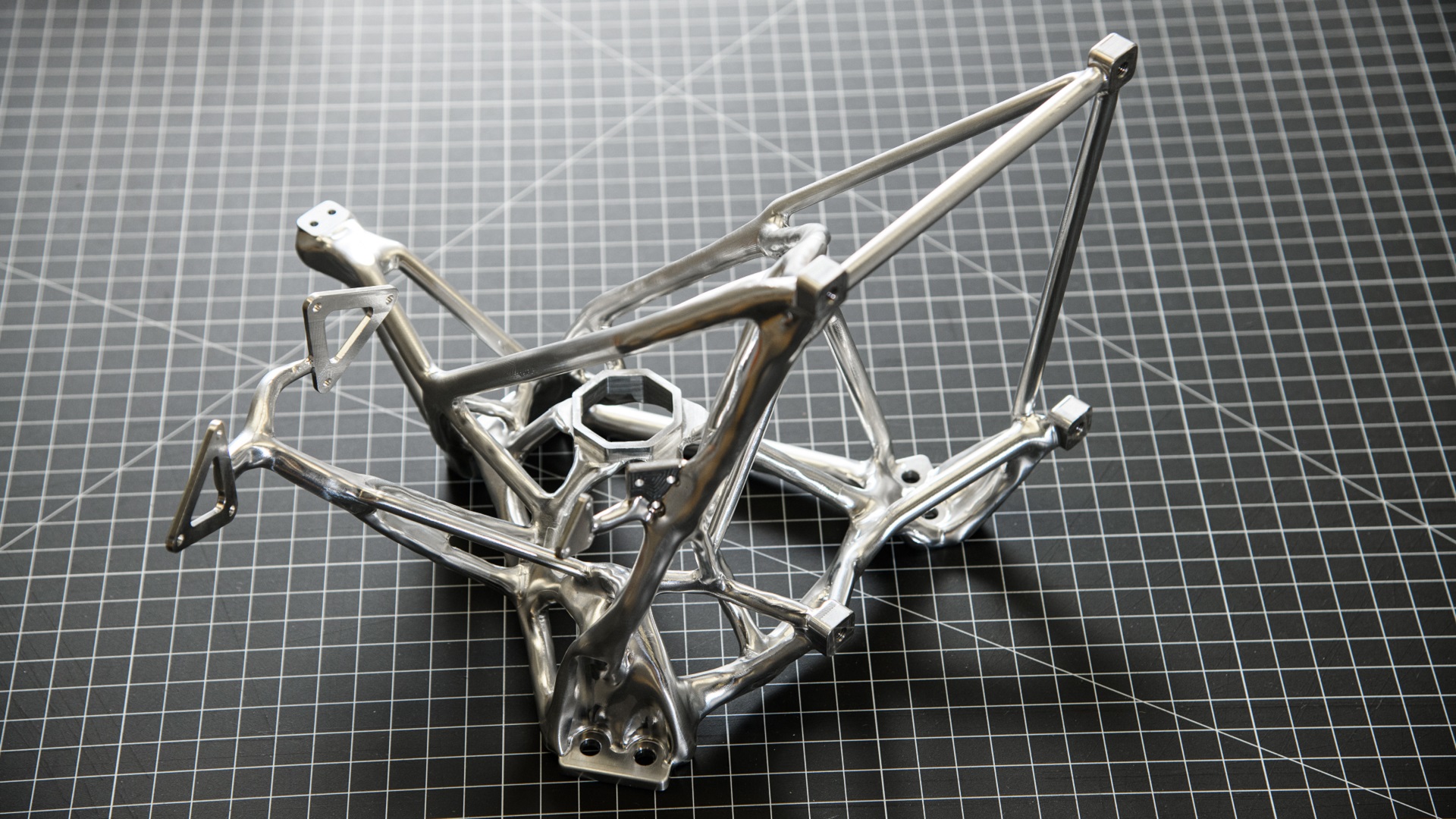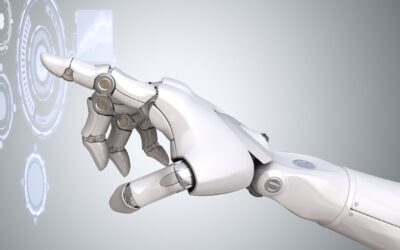Ever wish you could see all of the possibilities of a product’s design at once? Generative AI design makes it possible. This ground-breaking technology is rapidly transforming how the manufacturing industry works, ushering in a new age of efficiency, quality, and cost-effectiveness akin to something from the realm of sci-fi. In this article, we’ll discuss generative AI design, how it works, why it’s becoming so popular, and how you can get started with it as a manufacturer.
Generative AI Design Defined
Generative design is a discipline of Artificial Intelligence that conceptualizes products based on predefined parameters and inputs. Using a combination of Machine Learning, cloud computing, and advanced algorithms, this technology explores the design space to come up with innovative solutions that would be otherwise difficult, if not impossible to create with the human mind. The goal of generative design is to fully satisfy the demands of a given context in as optimal a way as possible.
How the Technology Works
The generative AI design process starts with giving a system context. Digital models use inputs such as material properties, manufacturing methods, and performance requirements to understand what they should be creating. With the rules set in place, algorithms are then able to spit out multiple iterations of what a final design could look like. These outputs are evaluated against a set of predefined criteria — usually weight, strength, and durability — to identify the best possible concept for the given application.
Of course, it’s worth mentioning that generative AI design software doesn’t completely replace the role of an engineer. Human intervention and review are still necessary throughout the creation process, and in some cases critical to ensuring high-quality outputs. Engineers are supposed to work with these tools by providing them with detailed guidelines and reviewing their end concepts. It’s a hand-in-hand partnership, one where humans benefit from the infinite imagination of AI-powered machines, and where AI-powered machines are made more effective through ongoing adjustments and oversight.
The Benefits of Deploying Generative AI Design
Generative AI design is quickly making its way into manufacturing facilities around the world. The reasons for this popularity are numerous, although all of them center around the benefits that deploying generative AI design can provide. Here are some of the key benefits that manufacturers can expect:
1. Faster and More Efficient Design Processes
The primary benefit of generative AI design is its ability to automate and speed up the design process. By leveraging machine learning algorithms, generative AI tools can quickly scan through vast amounts of data and generate designs that meet all the necessary constraints and requirements of a given project. This can save design teams hours or even days of work, freeing them up to focus on other critical tasks.
2. Improved Design Quality
When designers are freed up from mundane, repetitive tasks, they can focus more of their time on creative endeavors, such as exploring alternative design options, refining aesthetics, and polishing off final details. Generative AI design also improves product quality by providing manufacturers with a large pool of options to consider and pick the best final design from.
3. Enhanced Innovation and Creativity
With generative design AI at their fingertips, designers can explore new solutions and push the boundaries of traditional design methods.
4. Reduced Costs
Generative AI design can also lead to significant cost savings for manufacturers. By optimizing designs for material usage and minimizing waste, manufacturers can reduce costs associated with production materials. The streamlined process of generative AI design also offers manufacturers the opportunity to save time and money that they can reallocate to other areas of their operations.
5. A Competitive Edge
It’s no secret that the companies with the most innovative approaches to doing business end up being the most successful. Adopting generative AI design means signing onto all of the mentioned benefits and their potential to improve operations on a holistic level. In an industry as competitive as today’s, any kind of advantage can mean the difference between success and failure.
Getting Started With Generative AI Design as a Manufacturer
Despite being an incredibly advanced technology, generative AI design is readily accessible to many manufacturers. Getting started with it is simply a matter of finding the right software and personnel to use it.
Here’s a step-by-step walkthrough:
Set Goals and Objectives
Start by establishing a clear understanding of your goals and objectives for implementing generative AI design. This may include improving efficiency, reducing material waste, increasing product quality, or developing completely new product concepts.
Choose the Right Software
Begin searching for software with functionalities that meet the above goals. There are tons of options available on the market, from Autodesk’s Fusion 360 to Onshape and Siemens’ NX.
Train Personnel
Advanced technology is only as productive as the people who operate it are qualified. You’ll need to have people on your team with experience or training in generative AI design, as well as be ready to familiarize new users with the software.
Start Small
As with any new technology, it is best to start small when implementing generative AI design. Begin by using the software on a smaller project or component before scaling up to more complex designs and processes.
The benefits of generative AI design are many and varied. By leveraging the power of AI algorithms to create optimized designs, manufacturers can improve product quality, increase efficiency, reduce costs, and gain a competitive edge in their industry. And as the technology advances, it’s likely that even more benefits will become apparent, making this an increasingly important tool for manufacturers to be aware of in the years to come.
Sign up today for a free Essential Membership to Automation Alley to keep your finger on the pulse of digital transformation in Michigan and beyond.
Automation Alley is a World Economic Forum Advanced Manufacturing Hub (AMHUB) for North America and a nonprofit Industry 4.0 knowledge center with a global outlook and a regional focus. We facilitate public-private partnerships by connecting industry, education and government to fuel Michigan's economy.




